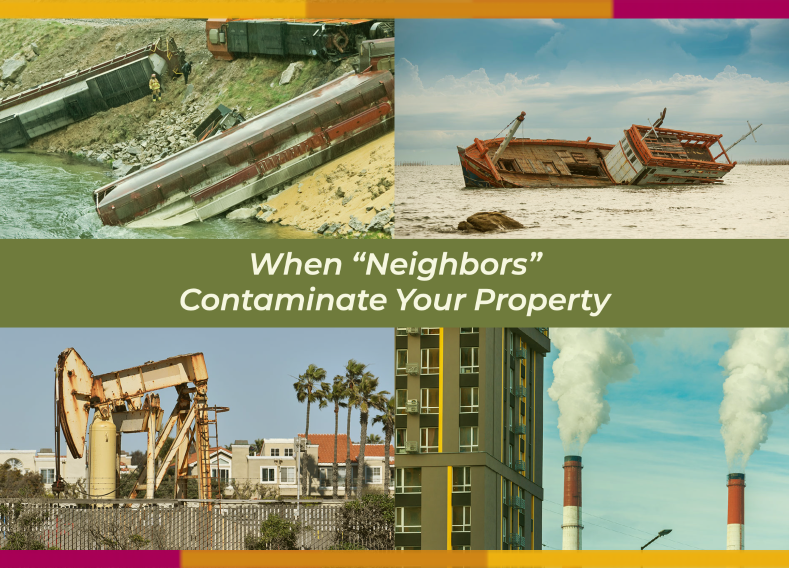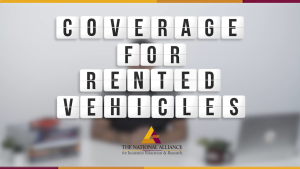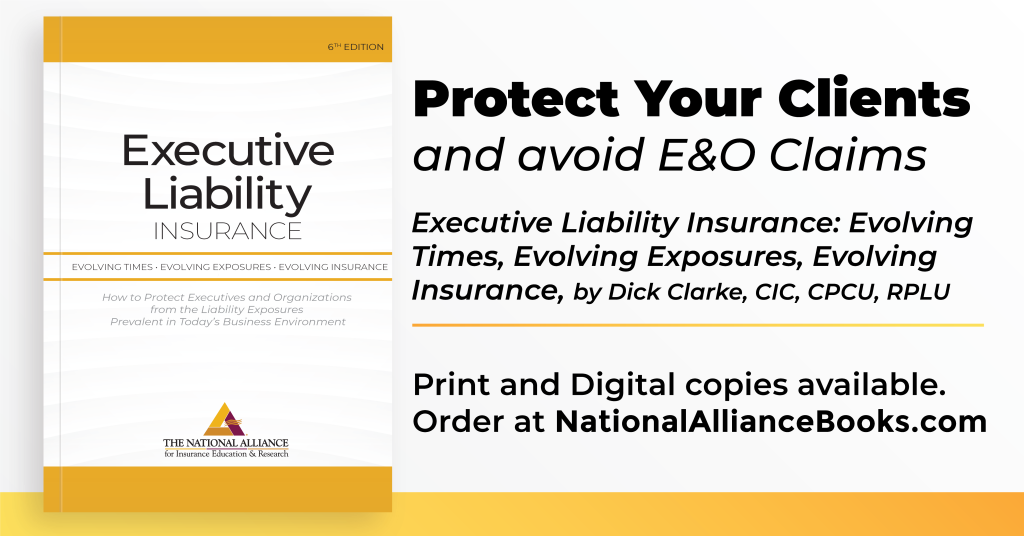
By Chris Bunbury, eS
Chris Bunbury is an Environmental Strategist and President of Environmental Strategist, Inc. (ESI), located in LeLand, Michigan. He graduated from Michigan State University with a Bachelor of Science degree in Natural Resources. In 1988, he worked in the commercial property and casualty insurance industry as a retail commercial insurance producer. As the environmental insurance industry evolved, it was a natural transition for Chris to move into this evolving field.
Are your neighbors contaminators?
When I coach businesses on managing and transferring their environmental exposures, some fail to look beyond their property lines and business models, often excluding their neighbors. Neighbors, and their business activities, can have a great impact on your environmental exposures.
Who counts as a “neighbor?”
When a Phase I site assessment is performed, a minimum of a 2-mile radius search is conducted to find out if those neighbors are historically identified as polluters. The assessment also determines if their pollution will or does migrate to your subject property.
What happens when neighbors contaminate your property?
Under Federal law, the property owner is ultimately responsible for the environmental condition of their property. So if their property was contaminated by a neighbor who can’t afford to pay for the cleanup or is bankrupt, the property owner may need to cover the cost. Even if a business does not have environmental exposures, their neighbors can create environmental liabilities which can impact their businesses negatively.
What can businesses do to protect themselves?
Part of “Best Practices” in todays business environment is to make is to have an environmental financial assurance plan to protect property owners and pollution insurance policies can protect insureds should neighbors contaminate their property.
Having an environmental financial assurance plan and pollution insurance policies in place can protect insureds if and when neighbors contaminate their property. Failing to have these in place may result in relying solely on E&O insurance when an insured experiences a pollution liability.
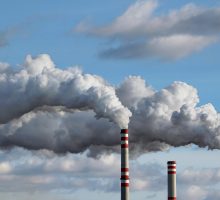
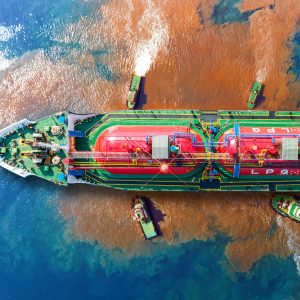
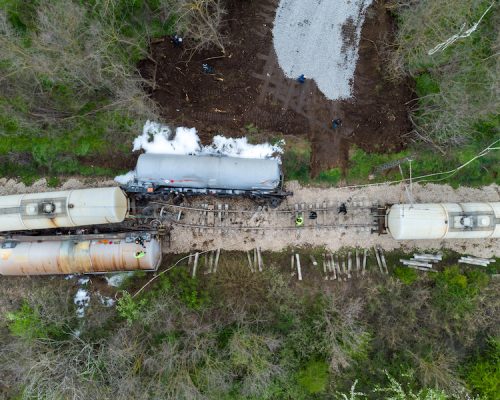
Five examples of environmental losses caused by neighbors:
- World War II underground fuel tanks displace thousands of military families as it contaminates drinking water. The aquifer impacted by the leaking tank farm supplies about 20% of urban Honolulu’s drinking water.
- 2022 Data on Leaking Underground Storage Tank (LUST) sites that exist in thousands of communities across the United States.
- Acid Spill From Rail Cars prompt evacuations and road closures.
- Fertilizer fire in Winston Salem burns for four days and displaces 6,000 residents.
- Lawsuit filed over pollution from capsized cargo ship near St. Simons Island by commercial fisherman, tour operators and other impacted businesses. Pollution insurance policies can cover natural resource damages.
Do you sell commercial P&C insurance?
If you sell commercial P&C insurance, make sure to protect yourself by coaching your insureds about their environmental exposures. Failing to may result in relying solely on your E&O insurance when an insured experiences a pollution liability.
An environmental Management Strategy (eMS) reviews four areas of environmental exposures impacting a business:
- What is coming in the front door? (raw materials, customers, vendors)
- What's going on inside the business? (products & services, storage, tenants)
- What's going out the back door? (goods & services, transportation, waste & recycling)
- Who are your neighbors? (lives or operates a business neighboring your property)
Updated February 23, 2022:
On February 3rd, 2023, a freight train derailed in the village of East Palestine, Ohio. This derailment prompted evacuation orders, a chemical scare, and an investigation by the federal government.
Learn more about this environmental disaster caused by a “Neighbor.”
Need help developing an environmental strategy?
The Certified Environmental Strategist (CeS) course teaches you how to advise clients as they manage and transfer their environmental exposures. The self-paced course prepares insurance professionals to ensure their clients remain competitive, operate as environmental stewards, and manage their environmental exposures.

